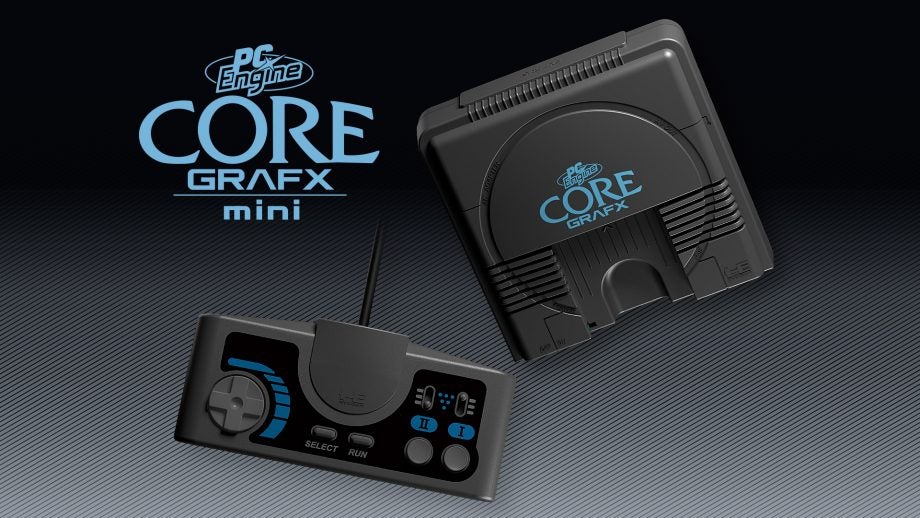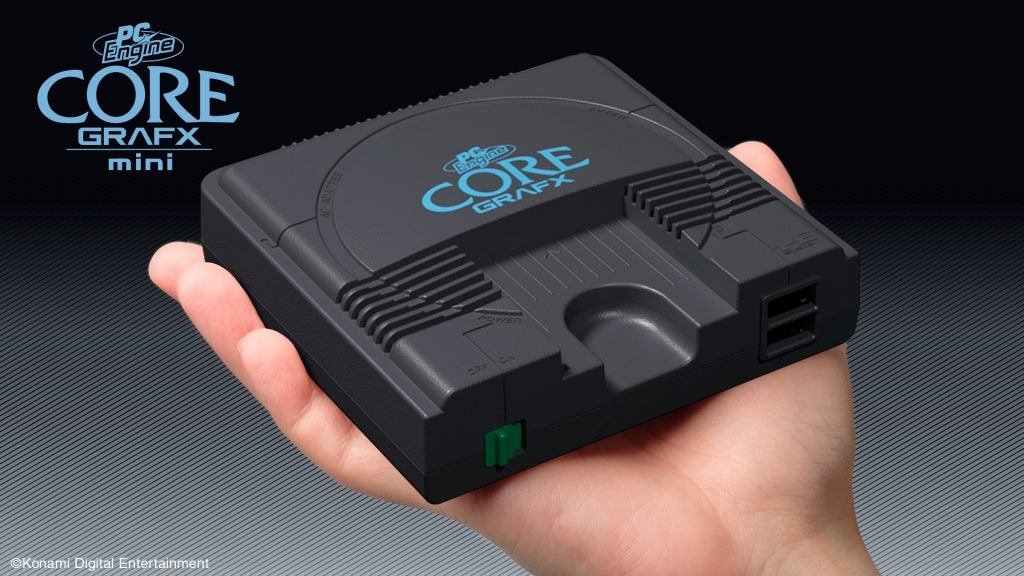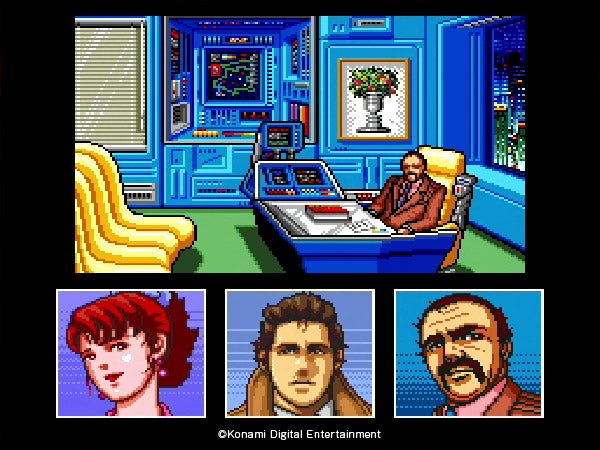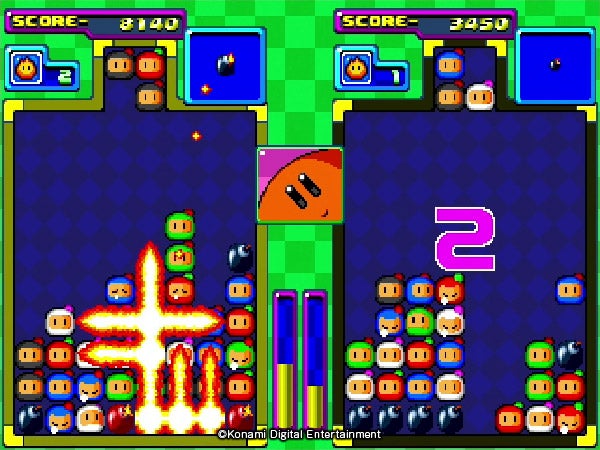PC Engine Core Grafx Mini Review
PC Engine Core Grafx Mini Review
The classic console has been given a miniature remake

Verdict
The PC Engine Core Grafx Mini is definitely impressive but is arguably designed to serve a much smaller audience when up against the PlayStation Classic and SNES Mini. It also boasts a higher price that some may find difficult to swallow.
Pros
- A broad selection of classic games to choose from
- Console itself is attractive and faithful to the original
- User interface is a joy to use with some neat new features
Cons
- Japanese language options may put off some players
- No second controller or adapter in the box
- Not all games have aged incredibly well
Key Specifications
- Review Price: £99.99
- 50 games pre-installed
- HDMI cable included
- TurboGrafx-16 and PC Engine Mini Console
Miniature versions of beloved consoles have become an unexpected trend in recent years, with major companies like Sony, Nintendo and Sega instilling decades of history into small, digestible nuggets of nostalgia you can plug into your television and play at a moment’s notice. Now Konami is stepping into the ring with its PC Engine Core Grafx Mini.
It’s not only a mouthful to say without tripping over your words, but also a far more niche effort when compared to the PlayStation Classic or SNES Mini of recent years. Preloaded with 50 games across two platforms – PC Engine and TurboGrafx-16 – this dinky piece of hardware is a fascinating foray into gaming history, especially for those with a love for underrated Japanese classics.
While this won’t hold the same appeal as its miniature counterparts, the PC Engine Core Grafx Mini is still worthwhile for hardcore fans of classic hardware. Otherwise, the £99 investment is a somewhat bitter pill to swallow given the competition that’s also on offer.
Related: PlayStation Classic Review

PC Engine Core Grafx Mini – Hardware, design and games
I’ll never get over how adorable mini consoles are, taking the form factor of a much larger predecessor and shrinking down to something that fits squarely in the palm of your hand. The PC Engine Core Grafx is no different, acting as a faithful recreation of the PC Engine Core Grafx. The dark grey plastic chassis is complemented by a subtle logo situated in the console’s centre.
Beyond this, the overall design is rather sparse with a HDMI port, Micro USB port, controller port and switch for turning the console on. The plastic used throughout the entire design can feel cheap, a disappointment considering it dwarves the price points for neighbouring mini consoles of higher quality. You can insert a total of two controllers into the console for multiplayer bouts of Bomberman, although I only had one included with my review unit.
A HDMI cable comes handily included in the box, although you’ll need to source a plug or alternate source of power to breathe life into the console. While likely an unorthodox approach, plugging the console into an Xbox One or PS4 provides more than enough power if you don’t have an old charger sitting around. I would have preferred such a thing came in the box though since it’s an extra headache for what is supposed to be a product built around convenience.
Related: Best Nintendo Switch Games

PC Engine Core Grafx Mini contains a total of 50 games, which can be split into two distinct categories. You’ve got 26 PC Engine titles (all of which are in Japanese) alongside 24 games which initially launched on the TurboGrafx-16. It’s worth noting that some are included in both line-ups in the form of localised versions, meaning you’ll likely only dive into the version you can understand.
If you grew up with or are an active enthusiast of the PC Engine and TurboGrafx world, this console is a potential goldmine of classics, although not all of them have stood the test of time if I’m brutally honest. Space Harrier, Bomberman 93 and R-Type all still feel bright and refreshing to dive into, but archaic RPGs like Ys Book 1 & 2 simply don’t stand the test of time, and you’ll seldom find a reason to stick them off for longer than a passing visit.
Classics like Snatcher are a delight to visit though. One of Hideo Kojima’s earlier projects, this cyberpunk adventure is drooling in the atmosphere and genuinely feels ahead of its time. It’s a crying shame the Japanese version is included here since I’d love to delve into the story in English. You switch between both included platforms at any moment by selecting an option on the screen. It’s completely seamless.
The options also house a bunch of customisation options such as deciding the aspect ratio games are displayed in, or changing the background image, so it fits a more classic approach or a custom aesthetic that happens to be your personal favourite. These are small additions, but welcome ones in the grand scheme of things.
Related: Dualsense – All we know about the PS5 controller

Should you buy the PC Engine Core Grafx Mini?
The PC Engine Core Grafx Mini is definitely impressive but is arguably designed to serve a much smaller audience when up against the PlayStation Classic and SNES Mini. It also boasts a higher price point that some may find difficult to swallow.
Despite a few shortcomings, this is still a worthwhile console for hardcore gaming historians keen to dive into some of Japan’s finest works of the era, with both English and Japanese experiences included for good measure. Given most of these games were released before I was born, it’s personally been fascinating to behold such relics.


